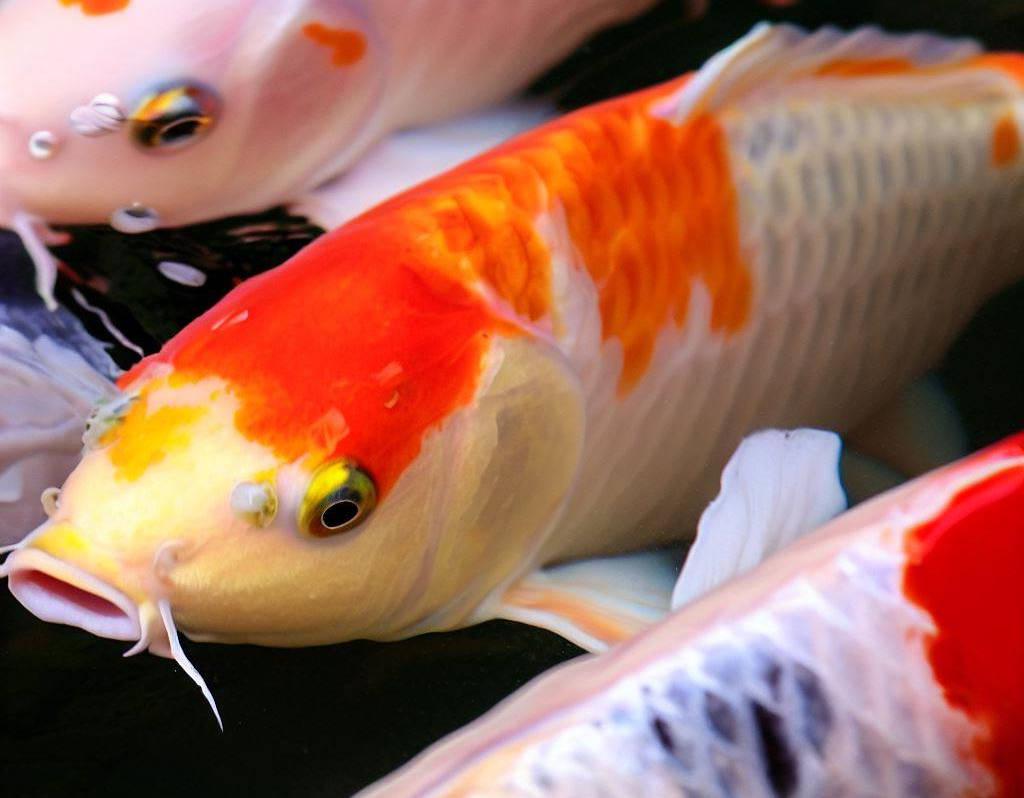Koi fish have been a beloved species of ornamental fish in Japan for centuries. The art of koi keeping, or Nishikigoi, has been passed down from generation to generation, and in the early 20th century, it began to gain popularity outside of Japan. During this time, koi keeping became a hobby of the wealthy elite, who appreciated the elegance and serenity that these fish brought to their homes.
Koi keeping in the early 20th century was quite different from what it is today. While many of the principles of keeping koi remain the same, the technology and techniques used were much less advanced. Early koi keepers did not have access to the high-tech filtration systems, heaters, and pumps that are commonly used today. Instead, they relied on natural filtration methods, such as gravel beds and plants, to keep the water clean.
Koi were often kept in outdoor ponds, which were dug by hand and lined with concrete or clay. These ponds were typically quite large, with some measuring over 100 feet long and 10 feet deep. The ponds were filled with water from a nearby stream or well, and natural plants and rocks were added to create a naturalistic environment for the fish.
Feeding koi in the early 20th century was also quite different from today. Early koi keepers fed their fish a diet of rice, barley, and wheat bran, as well as leftover vegetables and fruit. While this diet was not as nutritionally complete as the pellets and flakes that are commonly used today, it was still adequate to keep the fish healthy.
Despite the lack of modern technology, early koi keepers were still able to produce some of the most beautiful koi in the world. In fact, many of the koi varieties that are still popular today, such as Kohaku, Sanke, and Showa, were developed in the early 20th century. Koi shows and competitions also began to gain popularity during this time, with the first All Japan Koi Show being held in 1967.
Koi keeping in the early 20th century was not just a hobby, but a way of life for many people. It was a way to connect with nature, to find serenity in the beauty of these magnificent fish, and to appreciate the artistry and skill that went into breeding and raising them. Koi keeping was also a social activity, with koi clubs and societies forming around the world to share knowledge and experience.
In conclusion, koi keeping in the early 20th century was a tradition of elegance and serenity that has stood the test of time. Despite the lack of modern technology, early koi keepers were able to produce some of the most beautiful koi in the world and develop many of the koi varieties that are still popular today. Koi keeping remains a popular hobby and is enjoyed by people all over the world.
